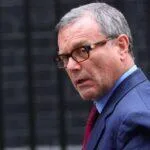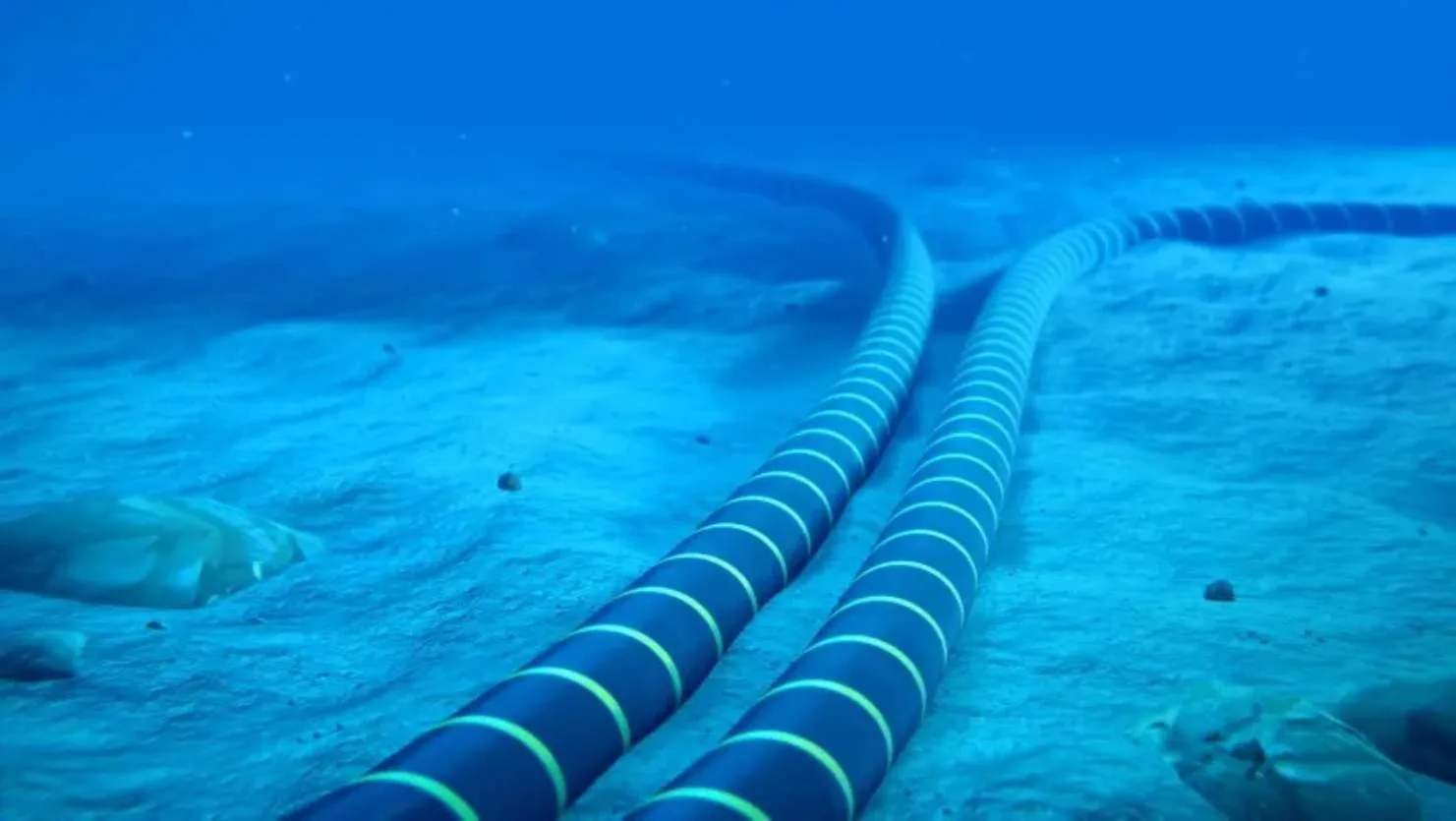Two Billionaires dispute over sending power from Australia to Singapore through the world’s longest subsea cable.
Andrew Forrest, the billionaire associated with Fortescue Metals Group, stated that the capital costs of Sun Cable’s Australia-Asia PowerLink Project (AAPL) “just kept rising by 10%, 50%, 100%.”
Forrest said “That isn’t sustainable. That’s what I would expect with inexperienced management and a board of directors who have never done large projects,”
Last week, Sun Cable brought in experts to assess their possessions and work out payment arrangements with creditors, leading to inquiries concerning the destiny of the AUD 35 billion ($24 billion) scheme, which had been portrayed as the establishment of the “first ever international renewable energy system.”
Sun Cable is an ambitious project that aims to link the largest solar farm in the world to the largest battery and the longest underwater high-voltage direct current (HVDC) cable.
It will provide up to 15% of Singapore’s energy needs starting from the year 2028 as the country strives to reach its goal of having net zero emissions by 2050.
The success of the cable would have demonstrated that it is feasible to transport a considerable quantity of renewable energy over oceans to nations that do not possess the resources or land to produce their own. However, the project’s billionaire backers, Forrest and Atlassian co-founder Mike Cannon-Brookes, had fallen out over its scale and scope.
Grok Ventures, which is the private investment arm of Cannon-Brookes, indicated that all investors apart from Squadron Energy (which is owned by Forrest) are still dedicated to the cable project.
It said, “Grok and every other investor is firmly of the view that the AAPL is the project to back – it continues to hit important milestones and remains on-track to deliver affordable clean energy to Singapore,”
However, less than a year after touting the project’s ambitions to help raise millions of dollars in capital, Squadron Energy, backed by Forrest, now says the cable is “not commercially viable.”
Sun Cable had proposed the concept of a 12,000-hectare farm that would take advantage of the solar energy in the Northern Territory of Australia, with the support of both local and federal authorities.
The 800-kilometer 3-gigawatt (GW) HVDC overhead transmission line was to be constructed to transport the power to a site close to Darwin, where it would provide less expensive energy to the area by 2026.
An additional 1.75 gigawatts will be transmitted to Singapore from Indonesia by means of a subsea cable that stretches 2,610 miles, which is potentially the longest and deepest of its kind that has ever been laid.
Forrest says Singapore, its main customer, doesn’t want it, a claim disputed by Grok Ventures, who says the cable’s offer was oversubscribed, indicating strong demand from Singapore.
This would be a world-first on an unparalleled scale and ambition to forge a new path for greener energy to countries unable to produce their own.
During a press briefing with Singapore’s Prime Minister Lee Hsien Loong in October, Australia’s Prime Minister Anthony Albanese referred to Sun Cable’s plan as the “ultimate success”.
Last year SUBCO announced Australia’s first express undersea cable, the Oman Australia Cable (OAC) made landfall in Perth, and was ready for service.







